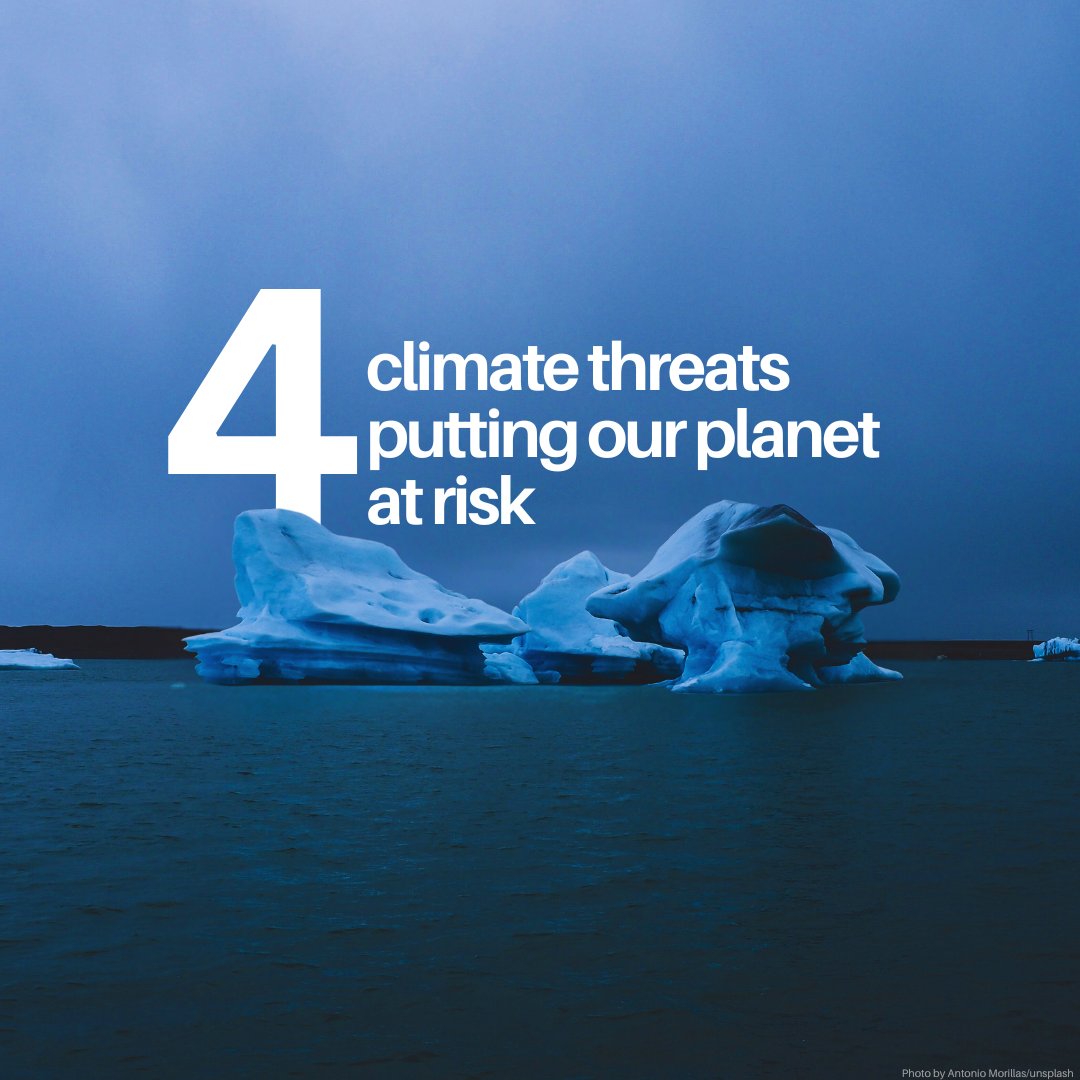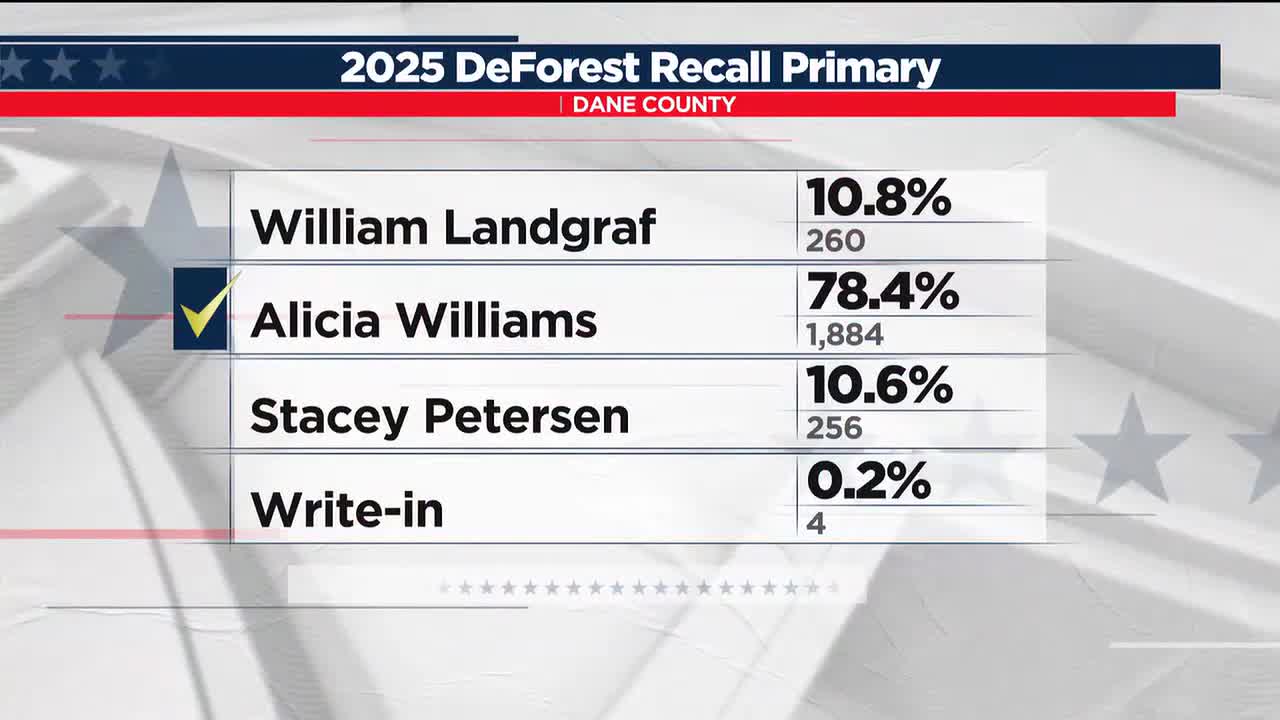Report on the Fish Maw Trade in Singapore and Malaysia: A Threat to Sustainable Development Goal 14
Introduction: An Underregulated Trade Undermining Global Sustainability Efforts
The multimillion-dollar fish maw trade, driven by consumer demand in East and Southeast Asia, poses a significant threat to marine biodiversity and the achievement of the United Nations Sustainable Development Goals (SDGs), particularly SDG 14 (Life Below Water). A recent study utilizing DNA analysis on fish maw sold in Singapore and Malaysia reveals that the trade relies heavily on vulnerable, endangered, and critically endangered species sourced from unmanaged fisheries. This lack of regulation and transparency directly conflicts with global targets for responsible consumption (SDG 12) and the conservation of marine ecosystems (SDG 14).
Key Findings from DNA Analysis of the Regional Fish Maw Trade
Methodology and Scope
Researchers conducted a comprehensive analysis of the fish maw trade in Singapore and Malaysia by collecting 503 dried maw samples from various vendors. DNA barcoding was employed to identify the source species, providing unprecedented insight into a trade where visual identification is impossible post-processing. This molecular approach is critical for monitoring and regulating the trade to align with sustainability objectives.
Species Composition and Conservation Implications
The analysis identified 39 distinct species, highlighting the trade’s broad impact on marine life. The findings present a serious challenge to SDG 14, which aims to conserve and sustainably use the oceans, seas, and marine resources.
- Threatened Species in Trade: The study confirmed the presence of eight species listed on the IUCN Red List as threatened:
- Two Critically Endangered species (large yellow croaker, Larimichthys crocea; European eel, Anguilla anguilla)
- Four Endangered species
- Two Vulnerable species
- Data Deficiency Hinders Sustainability: Nearly 30% of the samples originated from species classified as Data Deficient or Not Evaluated by the IUCN. This critical information gap makes it impossible to assess the trade’s sustainability, directly impeding progress on SDG 14.4, which calls for an end to overfishing and the implementation of science-based management plans.
- Prevalence of At-Risk Families: Croakers (family Sciaenidae) dominated the samples. This high-value family is often targeted by unmanaged fisheries, driving overfishing and pushing multiple species toward extinction.
Market Failures and Their Impact on SDGs
The study exposed market practices that undermine both conservation and consumer rights, creating barriers to SDG 12 (Responsible Consumption and Production).
- Widespread Mislabeling: The maw of lower-value species, such as bighead carp (Hypophthalmichthys nobilis) and barramundi (Lates calcarifer), was frequently sold as high-value croaker maw. This fraudulent practice deceives consumers and complicates efforts to promote sustainable purchasing decisions.
- Complex and Opaque Supply Chains: The species composition differed significantly between Singapore and Malaysia, reflecting complex global supply chains that often route through Hong Kong from source countries like Brazil, India, and Uganda. This opacity makes traceability and accountability extremely difficult to enforce.
Recommendations for Aligning the Fish Maw Trade with Sustainable Development Goals
Strengthening Governance and International Cooperation (SDG 14 & SDG 17)
To mitigate the trade’s detrimental impact on marine ecosystems, a coordinated global response is required, aligning with SDG 17 (Partnerships for the Goals). The following actions are recommended:
- Expand CITES Protections: More at-risk species commonly found in the maw trade should be listed under the Convention on International Trade in Endangered Species of Wild Fauna and Flora (CITES) to regulate their international trade.
- Enhance Species Monitoring: Governments and research institutions must invest in ongoing DNA-based monitoring to identify species in trade, trace their origins, and assess stock health.
- Improve International Data Sharing: Source and consumer nations must collaborate by sharing trade data to create a transparent global picture of the supply chain, enabling targeted interventions against illegal and unsustainable practices.
- Develop and Enforce Management Plans: National and regional fisheries management plans must be developed for high-risk species, particularly croakers, to prevent further population decline.
Promoting Market Transparency and Responsible Consumption (SDG 12)
As major hubs for consumption and re-export, Singapore and Malaysia have a critical role to play in transforming the market towards sustainability.
- Implement Robust Labeling and Enforcement: Authorities must enforce accurate species labeling to prevent fraud and empower consumers to make informed choices.
- Educate Stakeholders: Awareness campaigns are needed to educate consumers, traders, and fishers about the conservation implications of their choices and the importance of sourcing from sustainable fisheries.
- Leverage Trade Hub Influence: Singapore and Malaysia should use their positions as key market players to ensure that regulated and endangered species do not enter their supply chains, thereby promoting responsible practices globally.
Analysis of Sustainable Development Goals in the Article
1. Which SDGs are addressed or connected to the issues highlighted in the article?
- SDG 14: Life Below Water: This is the most central SDG addressed. The article focuses on the threat to marine biodiversity caused by the fish maw trade, specifically mentioning overfishing, the trade of endangered marine species, and the sourcing from unmanaged fisheries. The core issue is the unsustainable exploitation of marine resources.
- SDG 12: Responsible Consumption and Production: The article directly links the issue to consumption patterns, highlighting fish maw as a “culinary delicacy and symbol of wealth and status” whose demand has surged. It discusses the entire supply chain, from unmanaged fisheries to consumer markets in Singapore and Malaysia, and points out problems like mislabeling, which prevents responsible consumer choice.
- SDG 15: Life on Land: While the species are marine, this goal is relevant through its targets aimed at protecting biodiversity and ending the trafficking of protected species. The principles of combating the trade in endangered fauna apply directly to the marine species discussed.
- SDG 17: Partnerships for the Goals: The article concludes by emphasizing the need for international cooperation. It calls for enhanced monitoring, data sharing between nations, and coordinated efforts among governments, researchers, and other stakeholders to manage the global trade, which is a key aspect of SDG 17.
2. What specific targets under those SDGs can be identified based on the article’s content?
- Target 14.4: By 2020, effectively regulate harvesting and end overfishing, illegal, unreported and unregulated (IUU) fishing and destructive fishing practices. The article highlights that the trade is “underregulated” and sourced from “unmanaged fisheries,” leading to “overfishing” and putting species at risk of extinction. The call to develop management plans directly supports this target.
- Target 14.2: By 2020, sustainably manage and protect marine and coastal ecosystems to avoid significant adverse impacts. The study’s finding that the trade includes critically endangered species and poses a “growing threat to marine biodiversity” directly relates to the need to protect marine ecosystems from the adverse impacts of this trade.
- Target 12.2: By 2030, achieve the sustainable management and efficient use of natural resources. The entire article is a case study on the unsustainable management of a natural resource (various fish species) driven by the demand for fish maw. The lack of knowledge about which species are being traded and where they come from is a fundamental barrier to sustainable management.
- Target 15.7: Take urgent action to end poaching and trafficking of protected species of flora and fauna and address both demand and supply of illegal wildlife products. The discovery of CITES-listed species (European eel) and critically endangered species (large yellow croaker) in the markets points to the trafficking of protected or highly threatened wildlife. The recommendations to expand CITES protections and improve enforcement align with this target.
- Target 17.16: Enhance the global partnership for sustainable development… that mobilize and share knowledge, expertise, technology and financial resources. The article’s call for “international coordination,” “sharing trade data between nations,” and using scientific tools like “DNA barcoding” to monitor the trade embodies the spirit of this target.
3. Are there any indicators mentioned or implied in the article that can be used to measure progress towards the identified targets?
- IUCN Red List Status of Species in Trade: The article explicitly uses the IUCN Red List as a key indicator of the problem. It states that the study identified “two vulnerable, four endangered and two critically endangered species.” Tracking the number and conservation status of species found in the fish maw trade over time would be a direct indicator of progress.
- Proportion of Trade from Data Deficient Species: The article mentions that “Nearly 30% of the samples came from species listed as data deficient or not evaluated by the IUCN Red List.” A reduction in this percentage would indicate improved scientific knowledge and a better basis for sustainable management.
- Prevalence of Illicitly Traded Species: The identification of the European eel, a species “regulated under CITES Appendix II,” serves as an indicator of illegal or poorly regulated trade. Monitoring the presence and volume of CITES-listed species in markets is a clear measure of enforcement effectiveness.
- Market Transparency and Labeling Accuracy: The article notes that “mislabeling and substitutions were common.” The frequency of such practices can be used as an indicator of market regulation and consumer information. The use of DNA barcoding is presented as a tool to measure and improve this.
- Implementation of Management and Policy Actions: The article calls for specific actions that can be tracked as process indicators. These include the “expand[ing] CITES listings,” the development of “national and regional management plans,” and the establishment of systems for “sharing trade data between nations.”
4. Table of SDGs, Targets, and Indicators
| SDGs | Targets | Indicators Identified in the Article |
|---|---|---|
| SDG 14: Life Below Water | Target 14.4: End overfishing and illegal, unreported, and unregulated (IUU) fishing. |
|
| SDG 12: Responsible Consumption and Production | Target 12.2: Achieve the sustainable management and efficient use of natural resources. |
|
| SDG 15: Life on Land | Target 15.7: End poaching and trafficking of protected species. |
|
| SDG 17: Partnerships for the Goals | Target 17.16: Enhance the global partnership for sustainable development. |
|
Source: news.mongabay.com







